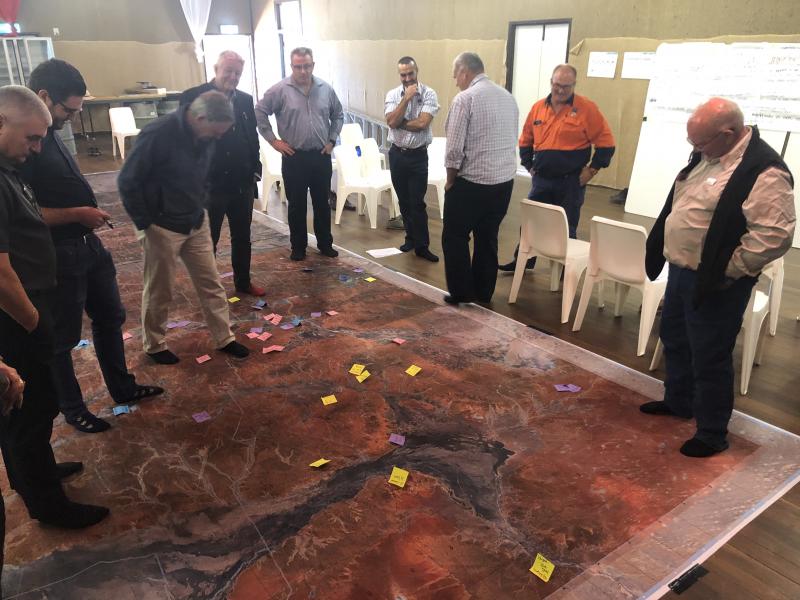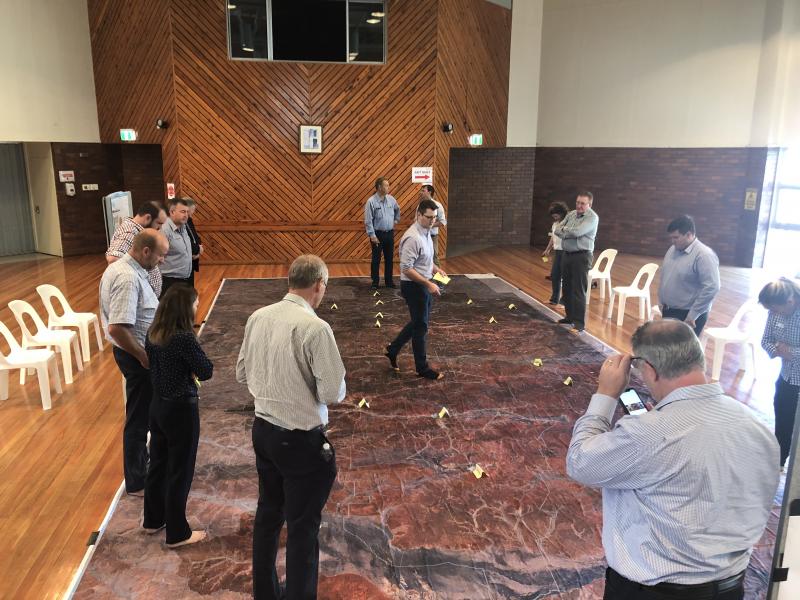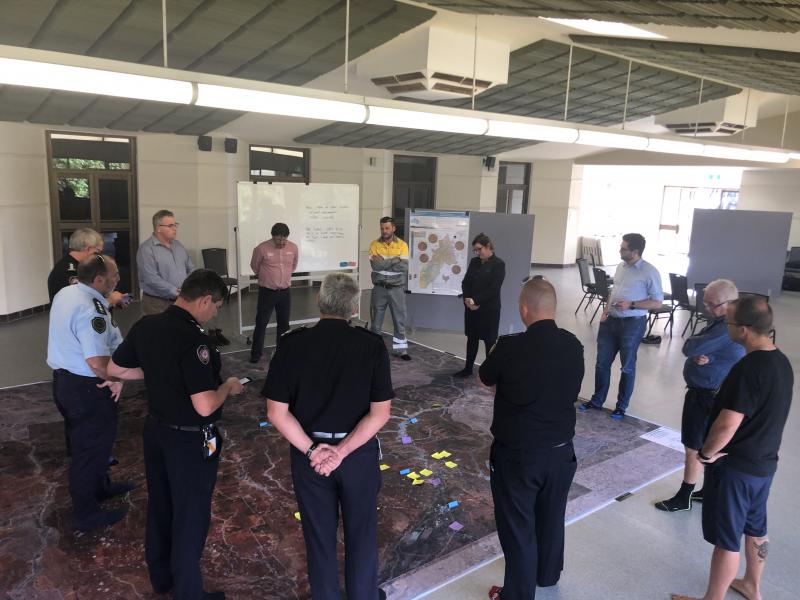South West Regional Resilience Strategy
The Queensland Government has partnered with six member councils of the South West Queensland Regional Organisation of Councils (SWQROC) to deliver the South West Regional Resilience Strategy which harnesses local expertise to champion a holistic approach to disaster resilience for the region.
Project background
By 2022, every region across Queensland will be part of a locally-led and regionally-coordinated blueprint to strengthen disaster resilience. Regional resilience strategies and local resilience action plans will help to keep Queenslanders safe by providing a coordinated approach to identify and prioritise disaster resilience actions.
Multi-hazard approach
Delivery of Regional Resilience Strategies in Queensland to address multi-hazards such as flood, cyclone (severe storm and wind), bushfire, earthquake and heatwave, is a key outcome of Resilient Queensland: Delivering the Queensland Strategy for Disaster Resilience, and is a published commitment under the United Nations Office for Disaster Risk Reduction (UNDRR) Sendai Framework.
Implementation
Implementation of the South West Regional Resilience Strategy will now be overseen by SWQROC in partnership the SWQROC member councils: Balonne Shire Council; Bulloo Shire Council; Maranoa Regional Council; Murweh Shire Council; Paroo Shire Council; and Quilpie Shire Council.
Resilience Action Plans
QRA has worked with the councils of the South West to develop and deliver Local Resilience Action Plans that will help keep communities safe by providing a coordinated approach to identifying and prioritising disaster resilience actions, and embedding resilience and risk reduction into decision making and investment.
Every council in Queensland will receive Resilience Action Plan - a clear forward plan for how we can make lasting change into the future through sustained investment in resilience and mitigation activities.
These Resilience Action Plans aim to support councils to be as proactive as possible to describe their local resilience needs, and to build a forward program of effort that can be matched to funding opportunities over time as they emerge. The benefit of this is that local communities needs will be well known at all levels of government, and we can progressively deliver on these needs over time.



